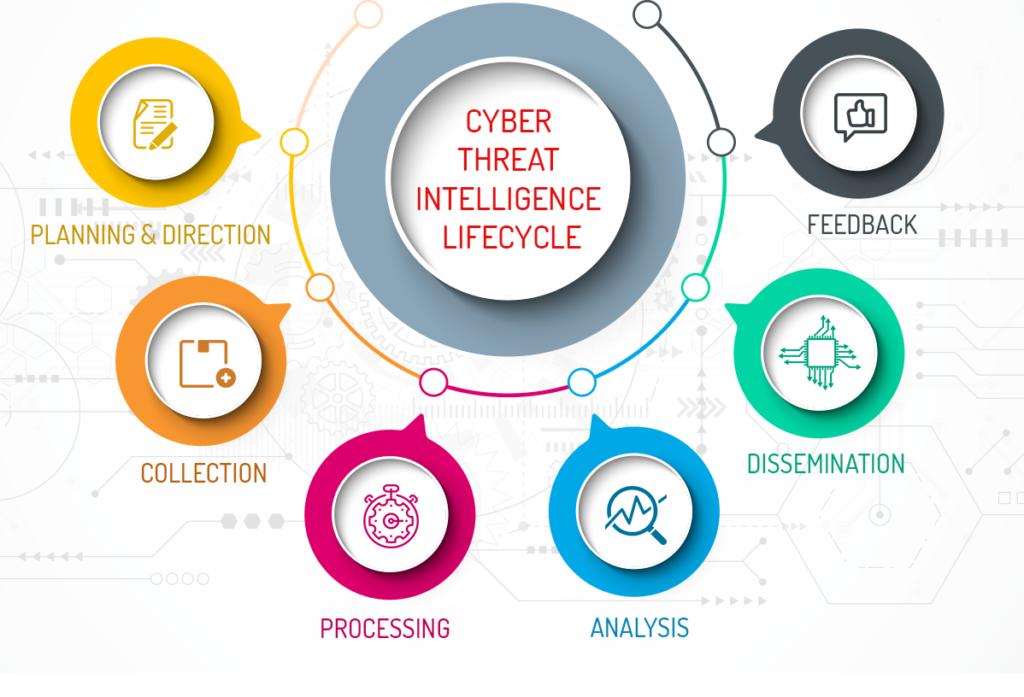A whopping 77% YOY growth in cyber extortion— that’s the latest trajectory of cybercrime growth, according to Orange Cyberdefence. The World Economic Forum says 2023 saw a big jump in cyber crimes, including one on the US State Department. According to Statistica the global cost of cybercrime can rise to $23.84 trillion by 2027.
Certain sectors and developed countries are more at risk. Healthcare is topping the list of the most vulnerable industries, witnessing a 160% increase in cyber extortion.
Cyber Crime Sphere is Evolving at Breakneck Speed
Cybercriminals have veered away from their conventional high-value attacks and are now scanning targets in groups. While earlier Governments and big-ticket targets were on their radar, now they have spread their blanket to small and medium businesses that saw a mind-boggling 4.2% jump in the frequency of attacks. These networks also seem to exchange target data among them as over 200 businesses saw repeated attacks.
The Evolving Role of Cyber Threat Intelligence
With the rapidly evolving landscape of cybercrimes, it becomes imperative for business leaders to remain aware of how they can be extorted. This is where Cyber Intelligence plays a crucial role. By educating people and spreading awareness, threat intelligence prevents potential attacks.
How Does Cyber Threat Intelligence Work?
The threat intelligence programs use extensive raw data from threat intelligence feeds, in-house analysis, and open-source threat intelligence about past or emerging threats. Using AI and data science to detect false alarms and classifying the risks that could cause extensive damage, these programs provide timely threat intelligence enabling security professionals to take immediate action on attacks like restricting malicious IP addresses and files.

Cyber threat detention follows a five-pronged approach:
- Showing ways viruses and malicious attacks can affect the organization
- Advising follow-up actions if the company is attacked
- Automatic blocking of malicious data, files, and IP address
- Educating about updated security strategies
- Revealing potential threats
Types of Threat Intelligence
At present, three different types of threat intelligence exist:
- Operational Threat Intelligence
Stakeholders’ and the incident response teams’ insights on attack elements, timing, and purpose.
- Tactical Threat Intelligence
Defines procedures and techniques used by cyber criminals.
- Strategic Intelligence
A bird’s eye view of cyber risk and threat. Might ask for news reports, white papers, and internal policy documents for use.
Threat Intelligence Tools You Might Want to Consider
Cyber threat intelligence tools help business leaders investigate the sources of potential threats. They collect data and info from global sources and provide a real-time landscape of data breaches and cyber threats. Some of our favorites are:
- BitDefender
Bitdefender report includes a detailed analysis of threat-prone areas in your organization.
- Recorded Future Fusion
RCF is available in 30 languages and covers huge data, including the dark web.
- SolarWinds
Solarwinds provides an instant view of your company’s threat vulnerability and potential cyber threats.
Found this info useful? Subscribe to our cybersecurity blogs to remain atop the latest developments.






